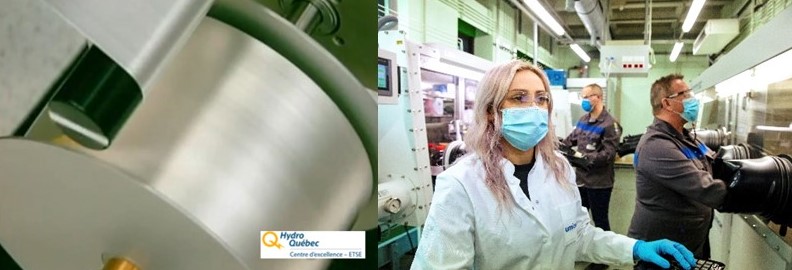October 2021
For a battery cell, the materials are a key as they lay the ground for the performance of a cell. But one cannot rely on the singular properties of each material only. For a good cell, the performance is very much defined by the interactions within the battery materials.
Therefore, Umicore, Hydro Quebec, SCHOTT and CIC Energigune teamed up to develop an advanced set of battery materials, while ABEE is accompanying with an explorative anode activity. In July 2020 the team already provided a first set of materials to the project partners as planned for Milestone 1. Out of these materials, all solid state battery cells were built in different sizes with the support of the material knowledge of the team. Cell cycling tests showed the compatibility of the materials, but also, that there is room for further progress. An additional feedback was obtained from detailed interface analysis, which was directed to understand the Li-exchange between the materials. Another valuable input was received from modelling, which helped to interpret measured date as ion conductivity of the hybrid electrolyte.
With the feedback of the other project partners and based on their material expertise, the team optimized each individual material. Umicore defined surface engineered NMC active materials to improve interface quality to achieve the target electrochemical performance. Hydro Quebec manufactured a thinner Li-metal foil as solution for higher energy density. The oxidic electrolytes from LLZO and LATP material class were modified in chemistry by Schott to reduce the interface resistance and adopt them for better compatibility to the polymer electrolyte. With new developed polymer formulations CIC Energigune achieved higher ion conductivity, while keeping good electrochemical stability in contact to Li metal and NMC.
In October the optimized set of materials were delivered to the partners and the milestone three of the SAFELiMOVE project was fulfilled in time. These materials are the base for the second generation of cells within the project towards cycling at room temperature with high energy density.
